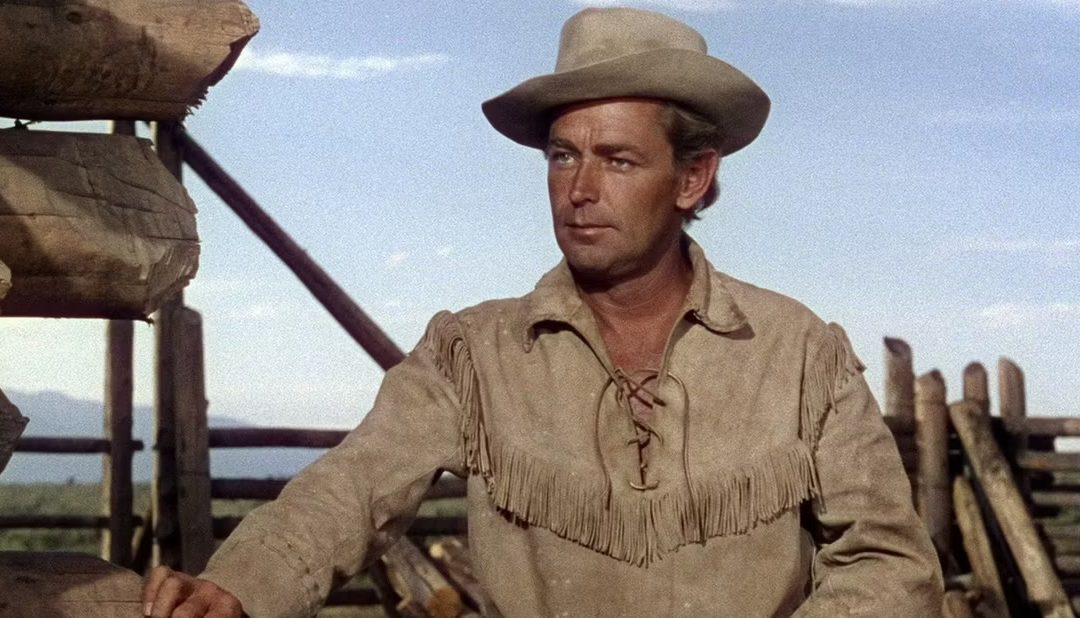Historical accuracy in the Western genre has been a subject of much debate and fascination. While these films vividly capture the essence of the American frontier, they generally take creative liberties with actual events, characters, and timelines to enhance the drama and entertainment. In particular, Westerns tend to romanticize the rugged individualism and lawlessness of the era, glossing over the Old West’s more complex realities.
That said, a minority of Westerns do strive for realism, even if this is very difficult to achieve. These movies do their research and spend a lot of time and effort on the costumes, sets, and guns, as well as the characters themselves and the rhythms of frontier life. These Westerns score highly (if not perfectly) in terms of their historical accuracy. While some may not have aged all that well, they remain impressively authentic in their commitment to historicity.
10 “Ulzana’s Raid” (1972)
Directed by Robert Aldrich
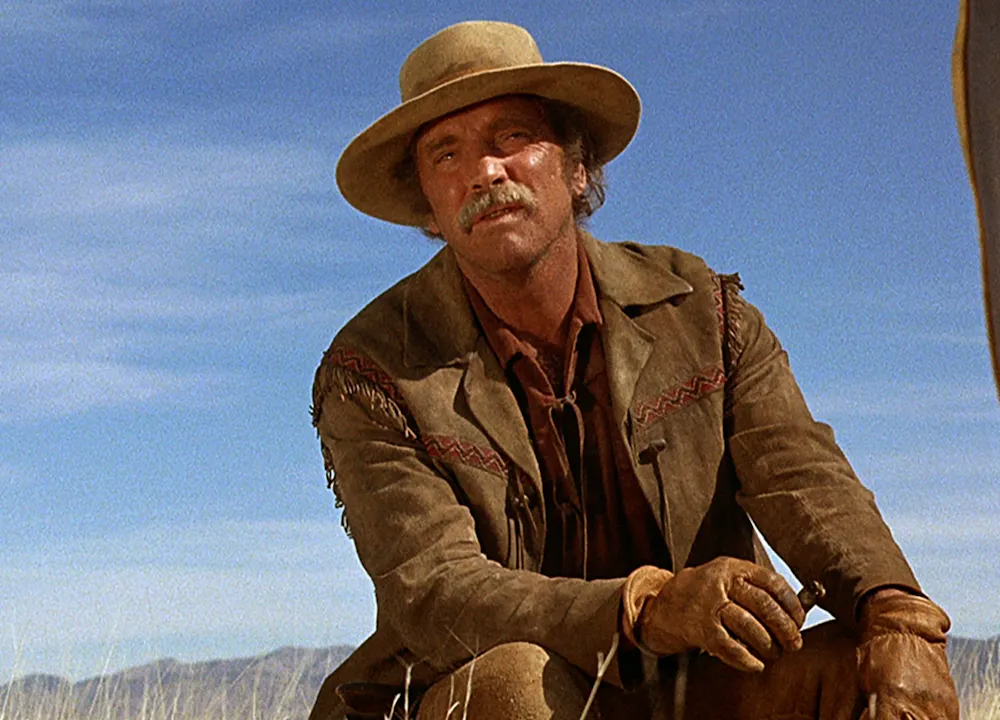
“It would be like hating the desert because there ain’t no water in it.” Ulzana’s Raid follows a small cavalry unit led by Lieutenant Garnett DeBuin (Bruce Davison), tasked with tracking down a band of Apache warriors, including the ruthless Ulzana (Joaquin Martinez), who have escaped their reservation. As they traverse the rugged terrain, DeBuin’s naive idealism clashes with the hard-bitten realism of his scout, McIntosh (Burt Lancaster).
Ulzana’s Raid is a grittier, meaner Western. Many have interpreted it as a Vietnam War allegory, as it involves a nationalistic military force struggling to understand and combat a guerrilla army. This harsher tone helps with its historical accuracy. The outfits look a little fake, but the depiction of combat, including cavalry charges and the use of sabers, has been praised for being fairly realistic. Likewise, the movie’s portrayal of daily life in a United States Army fort in the late 19th century is also immersive and believable.
9 “Arizona” (1940)
Directed by Wesley Ruggles
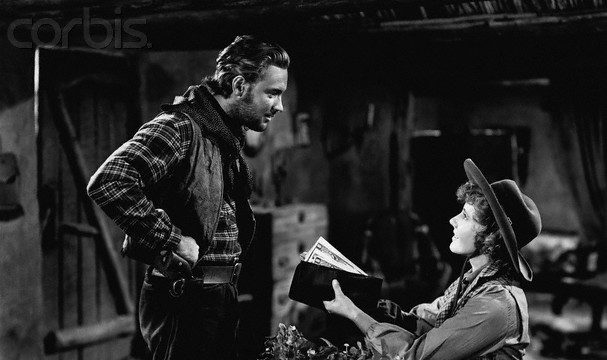
In this classic Western, the fiercely independent Phoebe Titus (Jean Arthur) arrives in Tucson with dreams of establishing a freight line. Her ambitions become entangled with the arrival of Peter Muncie (William Holden), a drifter whose charm and adventurous spirit capture Phoebe’s heart. The story itself is a little flimsy, but the visual world is well done, especially for the era. The crew was clearly not content to toss out make-believe Western and instead poured a lot of effort into making it believable.
The attention to detail is impressive here, with clothing and firearms that are accurate to the 1860s setting. Likewise, the film’s recreation of a desert settlement comes across as authentic, and the set was reused by later Westerns — indeed, it remains active today under the name Old Tucson Studios. In addition, director Wesley Ruggles assembled some 250 extras, along with dozens of dogs, 150 oxen, and 500 head cattle, to populate the backdrops and add to the realism.
8 “Bad Company” (1972)
Directed by Robert Benton
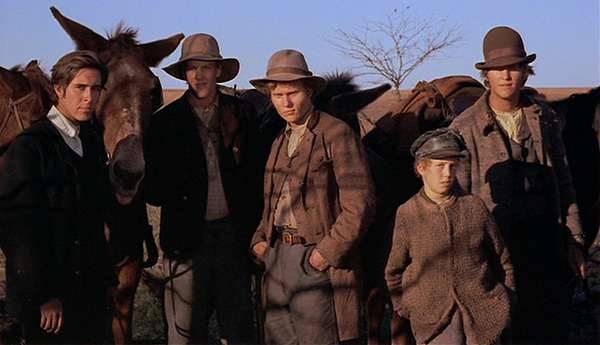
“I will always keep to the straight and narrow, so help me God.” This revisionist Western blends dark humor with the grim realities of the post-Civil War era. Often described as an “acid Western,” Bad Company abandons all nostalgia and instead looks at the Wild West with a critical eye. Gone are the gunslinging heroes. In their place are people struggling to survive on an unforgiving frontier, often forced into crime in order to get by.
In other words, Bad Company demythologizes the genre and looks at the unglamorous aspects of Western life that the movies usually gloss over. Instead of being a land of freedom and opportunity, its vision of the West is dangerous, semi-lawless, and lonely. For this reason alone, it’s a lot more realistic than most Westerns up til that point. It was part of the initial wave of 1970s revisionist Westerns, which injected new life into the genre by rejecting most of the stale conventions.
7 “The Big Trail” (1930)
Directed by Raoul Walsh
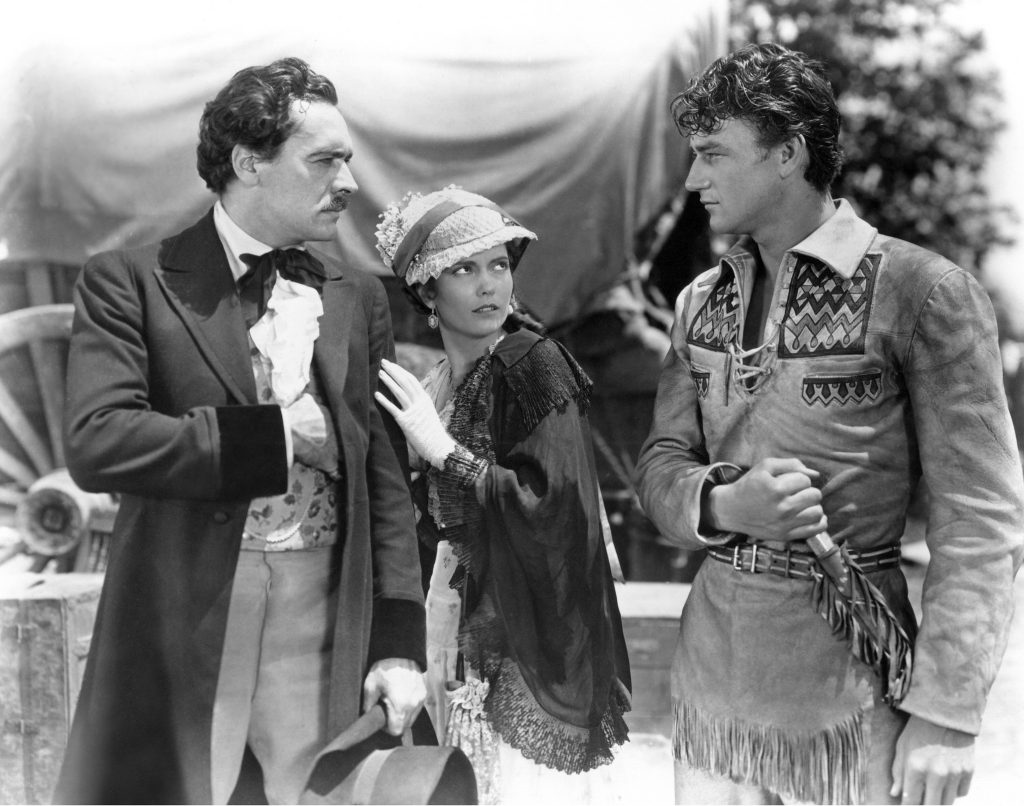
“No great trail was ever built without hardship.” A young John Wayne leads this epic as Breck Coleman, a trapper who joins a wagon train heading to Oregon. The journey is fraught with natural obstacles, hostile encounters, and internal strife among the settlers. Along the way, he seeks to uncover the truth behind his friend’s murder, which he suspects was orchestrated by the unscrupulous wagon-train leader, Red Flack (Tyrone Power Sr.).
Through Breck’s story, The Big Trail showcases both the grandeur and peril of America’s westward expansion. The landscapes are beautiful but treacherous, littered with raging rivers, steep rock faces, scorching deserts, and unstable ravines. Life in this environment is shown to be hard. The film’s details in terms of production and costume design have also been complimented for their realism, including the wagons, camp equipment, the buckskin outfits, and Breck’s rifle. The languages spoken by the Native American characters are likewise authentic.
6 “The Assassination of Jesse James by the Coward Robert Ford” (2007)
Directed by Andrew Dominik
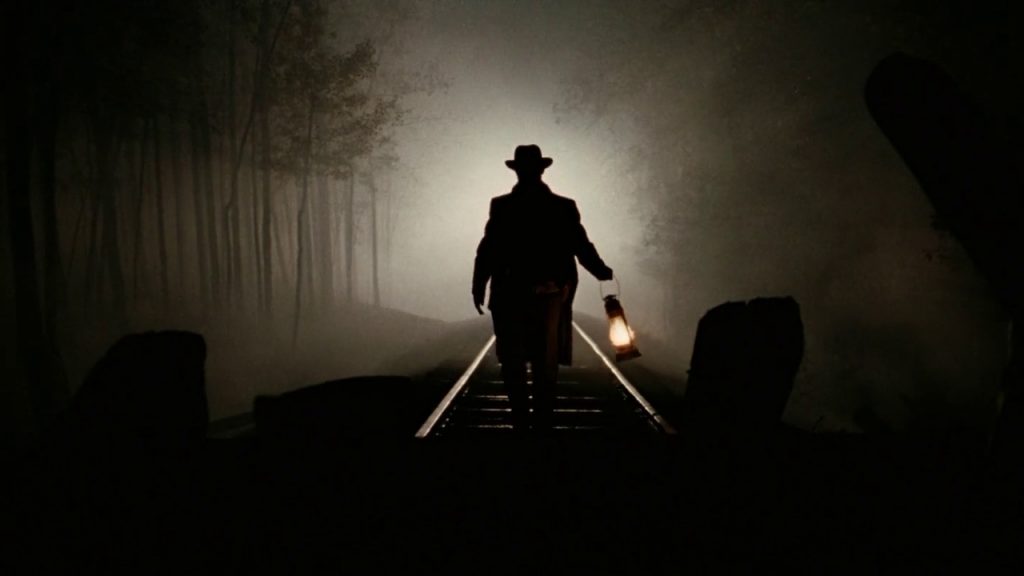
“By his own approximation, Bob assassinated Jesse James over 800 times.” Set in the final months of Jesse James’s (Brad Pitt) life, this contemplative Western delves into the complex relationship between the notorious outlaw and Robert Ford (Casey Affleck), the young man who idolizes him. In revisionist fashion, the film challenges the myths surrounding the legendary gunslinger and strives to present a more realistic and complex look at the characters.
The movie was adapted from a meticulously researched novel, and it extends the accuracy to the guns, clothing, and locations. It’s also a spot-on portrait of the era’s crime, as well as the nature of fame and infamy. The Assassination of Jesse James by the Coward Robert Ford is psychologically realistic, portraying these figures as flesh-and-blood humans rather than superheroes or supervillains. The focus is on characterization over action. Finally, the haunting, gorgeous visuals courtesy of maestro Roger Deakins hold it all together. The result is one of the standout Westerns of the 2000s.
5 “Shane” (1953)
Directed by George Stevens

“A gun is a tool, Marian; no better or no worse than any other tool.” Shane is an archetypal Western about a mysterious gunfighter (Alan Ladd) who becomes a reluctant hero. He arrives in a valley where homesteaders are being harassed by a ruthless cattle baron named Rufus Ryker (Emile Meyer). Though he wishes to leave his violent past behind, the valley’s escalating tensions inevitably pull him in.
The plot was highly influential, paving the way for countless drifter heroes in future Westerns. Most recently, the superhero movie Logan pays significant homage to Shane. Visually, Shanelooks authentic, conjuring up a dusty, lived-in vision of this valley and its inhabitants. The portrayal of homestead life also seems real, with granular depictions of the homesteaders’ daily chores and routines. Lastly, the guns are refreshingly accurate for a 1950s film; rather than being semi-magical blasters that never run out of ammo, these firearms are worn, finicky, and appropriate for the setting.
4 “Heaven’s Gate” (1980)
Directed by Michael Cimino
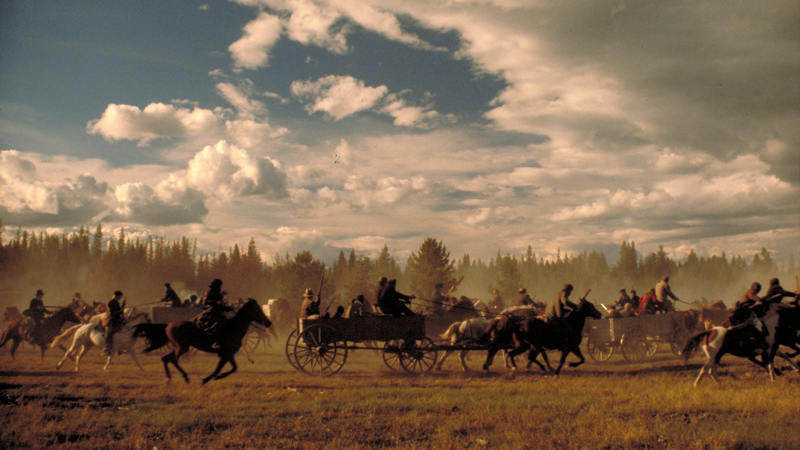
“It’s gettin’ dangerous to be poor in this country.” The sprawling Heaven’s Gate explores the harsh realities of the American frontier and the class conflicts that arose during the westward expansion. The heart of the narrative is the Johnson County War, a brutal conflict between European immigrants and wealthy cattle barons in 1890s Wyoming. Kris Kristofferson stars as James Averill, a Harvard-educated marshal caught in the middle of the escalating violence.
Director Michael Cimino clearly hoped to create a new Western masterpiece. The result falls far short of that, but it’s still an impressive, if tiring, achievement. One of its strengths is the realistic account of the era’s class hierarchies and social tension. Although set in the past, the political commentary seems aimed at the present. Some of the details of the County War are incorrect, but the sets and costumes are well-researched, and the bleak mood feels grippingly true to life.
3 “The Last of the Mohicans” (1992)
Directed by Michael Mann
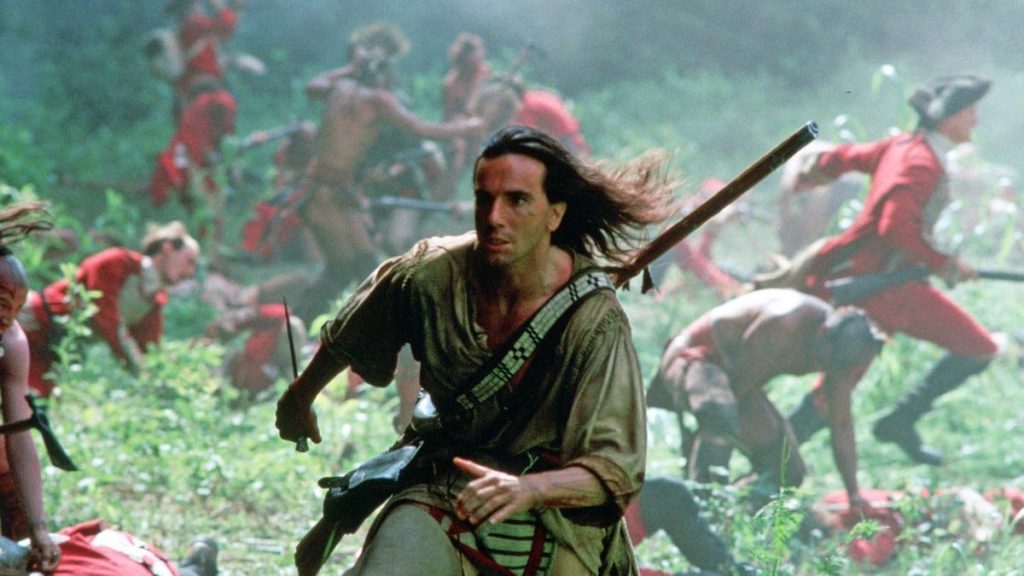
“Face to the north, and all of a sudden, turn left.” The Last of the Mohicans is a sweeping historical drama set during the French and Indian War. It stars Daniel Day-Lewis as Hawkeye, an adopted son of the Mohican tribe, who becomes entangled in the war when he helps rescue the daughters of a British colonel from hostile forces. While the film fictionalizes most events (except the siege of Fort William Henry, which really did take place), it tries to authentically recreate the look and feel of the period.
Historian Joyce Applebysaid it mostly succeeds in this, certainly compared to earlier Westerns, though a few details are far-fetched or anachronistic. In particular, the warfare and tactics depicted in the film are mostly accurate, as are the uniforms. Plus, the power struggle between Great Britain and other European countries for control of territory in North America is also drawn from fact.
2 “McCabe & Mrs. Miller” (1971)
Directed by Robert Altman
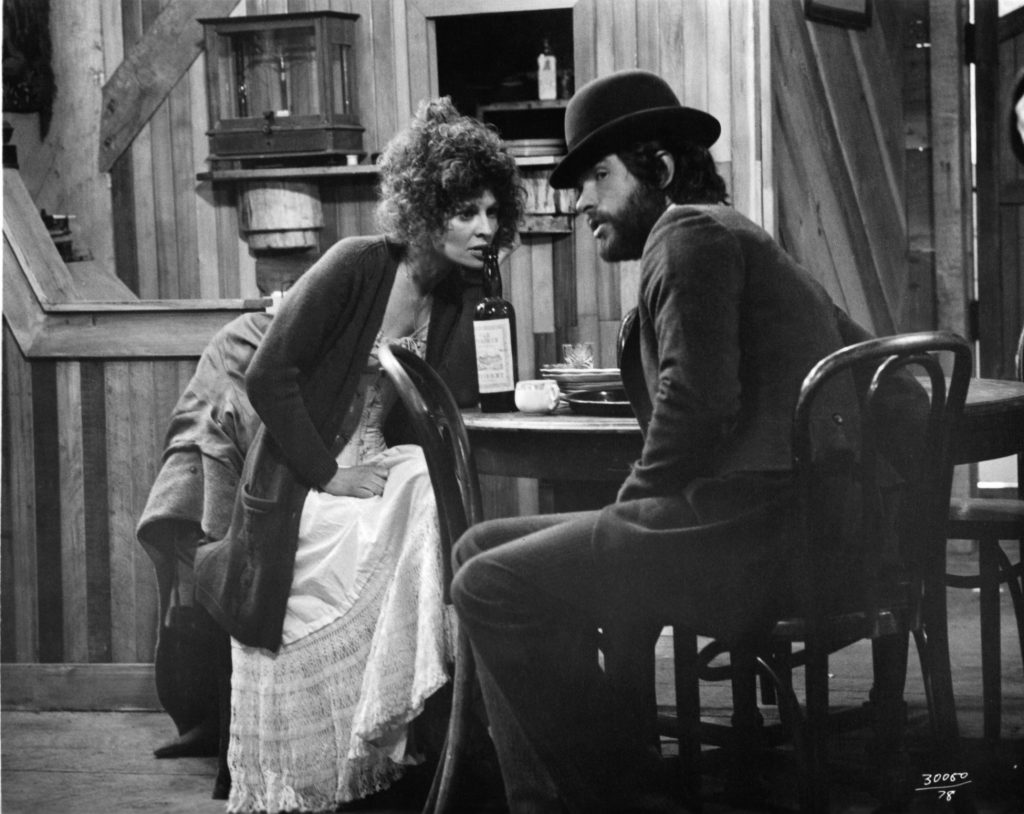
“So far, you’ve cost me nothing but money. Money and pain.” McCabe & Mrs. Miller is an unconventional Western from the great Robert Altman, which subverts many genre tropes and strives for greater realism. McCabe (Warren Beatty) is a gambler who arrives in a remote Pacific Northwest town to start a brothel. He soon partners with shrewd businesswoman Constance Miller (Julie Christie). Their venture prospers until it attracts the attention of a powerful mining company, leading to a deadly confrontation.
A pioneering revisionist Western, McCabe & Mrs. Miller deconstructs the genre’s usual heroism and replaces it with a chaotic and raw snapshot of frontier life. It deals with accuracy, not myth-making. In this regard, it’s like a stinging rebuke to the morally clearcut John Wayne classics. The characters are realistic, as is Leon Ericksen‘s production design. As a result, McCabe & Mrs. Miller brings this moment in history vividly to life boldly and radically, especially in 1971.
1 “Cimarron” (1931)
Directed by Wesley Ruggles
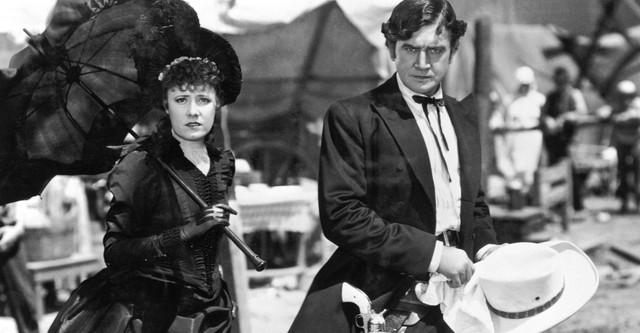
“There’s loyalty, Sabra, that money can’t buy.” Cimarron is the defining film by Arizona director Wesley Ruggles. It centers on Yancey Cravat (Richard Dix) and his wife Sabra (Irene Dunne) as they settle in the newly opened Oklahoma Territory. The story spans several decades, highlighting the growth and transformation of the town of Osage. Over this time, Yancey takes on various roles including lawyer, newspaper editor, and politician, while Sabra endeavors to build a stable community.
Cimarron was ahead of its time in attempting to craft an authentic vision of the Old West. This was a big-budget affair, explaining the detailed costuming and grand sets. For instance, the production built an entire Western town, which looks way better than the soundstages used by many 1920s and ’30s Westerns. For this reason, Cimarron deserves a place in any conversation about the genre’s most historically accurate films. Sure, it’s dated now, but, at the time, it represented a significant step forward.
Article: Haasbroek, L. (Sunday, July 14, 2024). The 10 Most Historically Accurate Western Movies, Ranked. Collider. https://collider.com/western-movies-historically-accurate-ranked/

